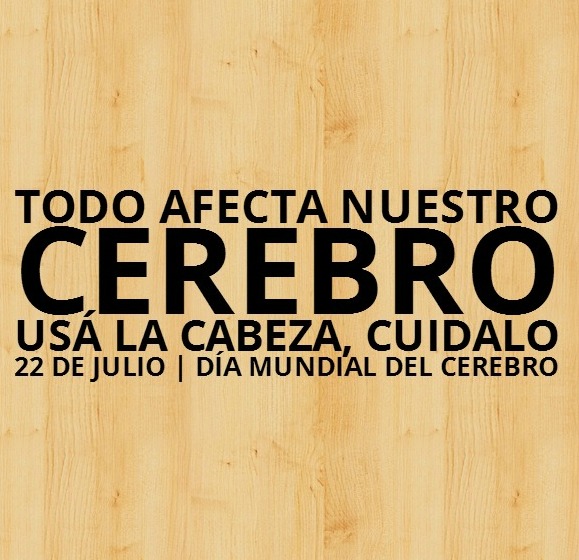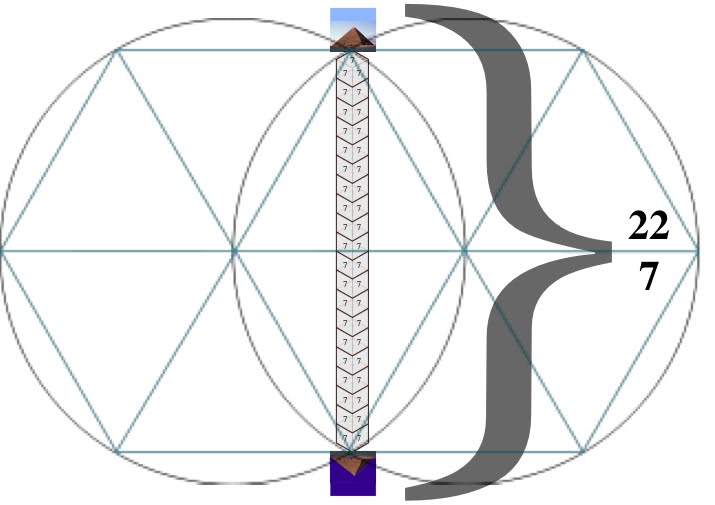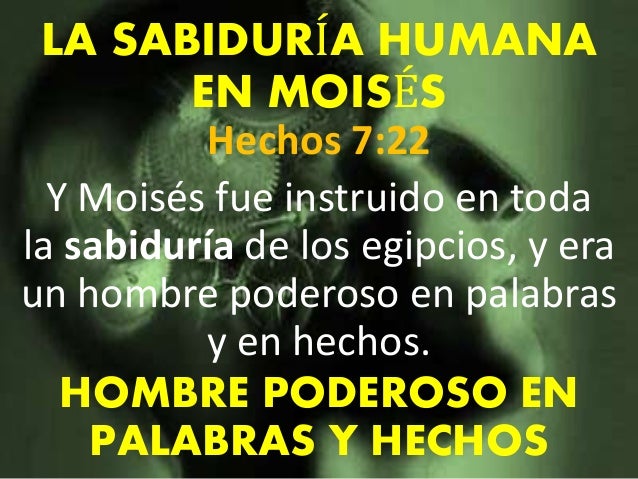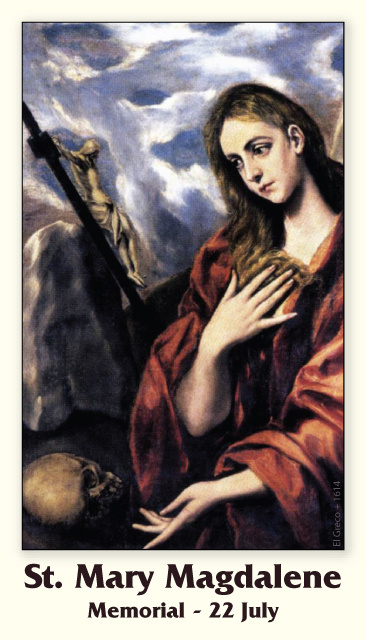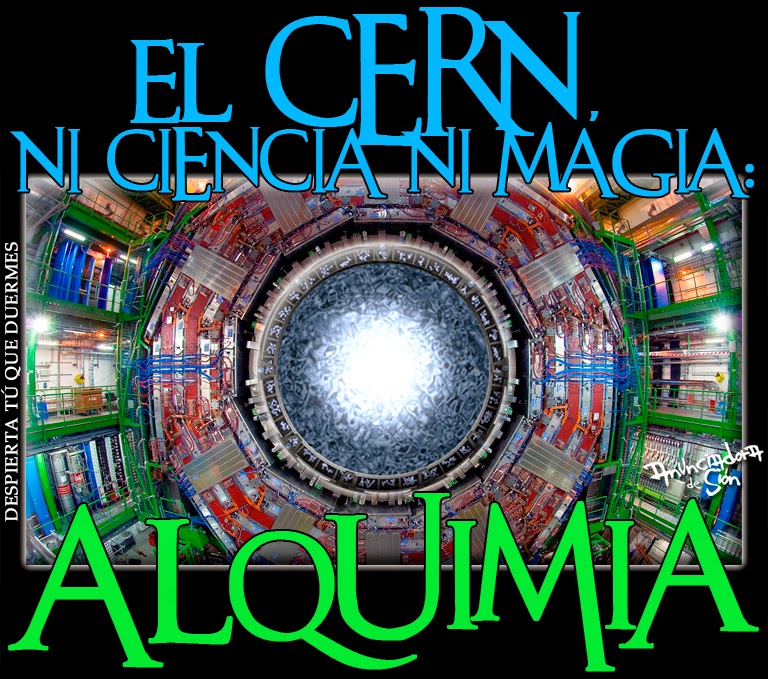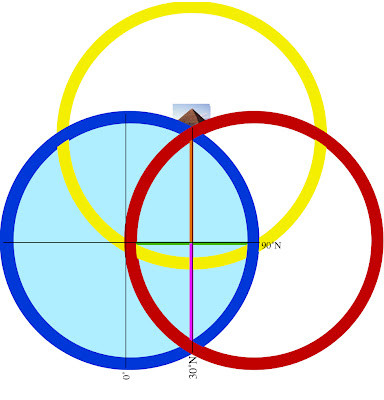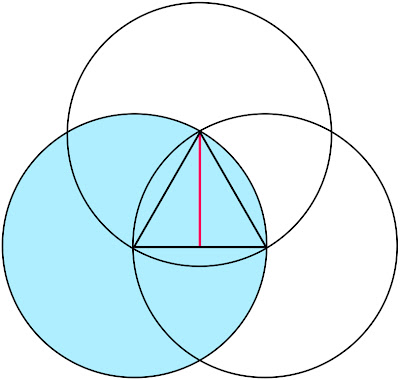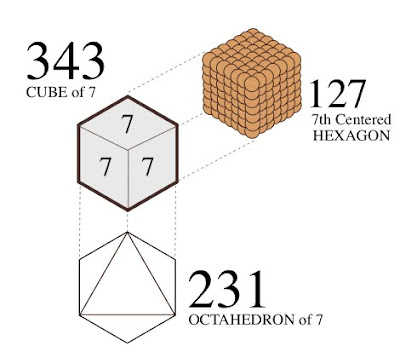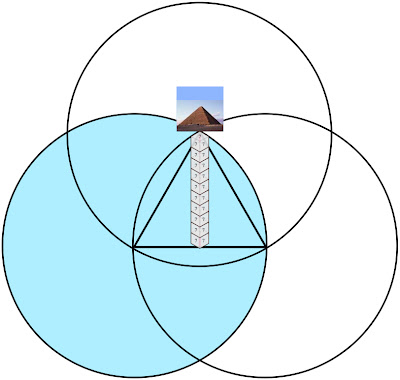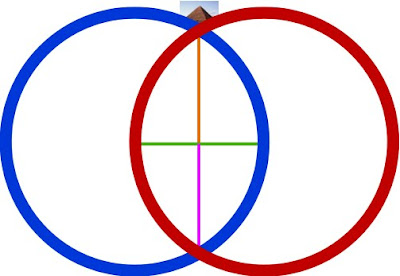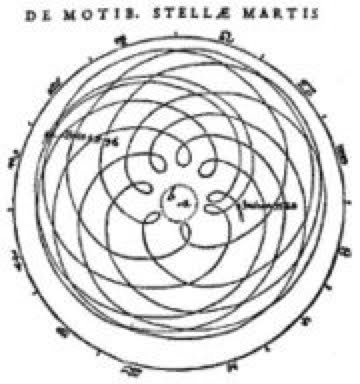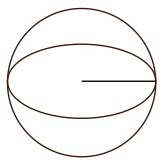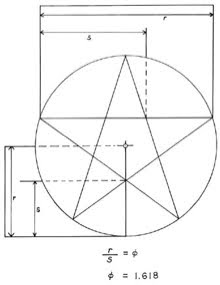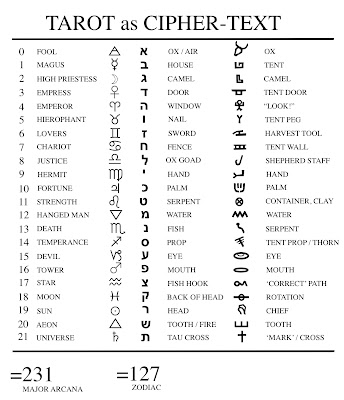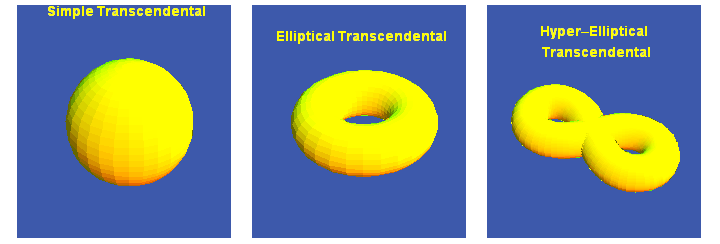En la escuela nos explicaron que los átomos están hechos de protones, neutrones y electrones.
Bien. Continúa siendo así. Salvo que a lo largo del siglo XX se fue descubriendo que los protones y los neutrones están hechos de unas partículas todavía más pequeñas llamadas quarks, y que a escala subatómica existen también otras partículas elementales como muones, bosones, neutrinos…
Los físicos clasifican todas estas partículas en dos grandes tipos: partículas de materia y partículas de fuerza.
- Las partículas de materia (fermiones) son, para entendernos y pidiendo desde ya perdón a los físicos, las que constituyen la parte “sólida” de los átomos. Estas son los quarks, neutrinos, el electrón, el muón, y el tau.
- Las partículas de fuerza (bosones) son justo las encargadas de transmitir fuerzas entre estas partículas “sólidas”. Por ejemplo el fotón estaría asociado a la fuerza electromagnética, el gluón a la fuerza nuclear fuerte que mantiene unidos a protones y neutrones en el centro del átomo, los bosones W y Z están asociados a la fuerza nuclear débil también dentro del núcleo atómico, y se especula que podría existir una partícula llamada gravitón que sería la responsable de la fuerza de la gravedad.
Toda esta comprensión a nivel subatómico sobre la estructura y leyes de la materia se fue conformando a lo largo del siglo XX, hasta ir construyendo el típico cuadro del “modelo estándar” que veis a vuestra derecha.
Todo iba encajando muy bien. Pero a principios de los años 60 había una enorme duda por explicar: ¿Por qué algunas partículas como el fotón no tenían masa, otras como el electrón poquísima, y algunos quarks mucha?
Podéis pensar “porque son más grandes!”, pero en realidad esta explicación no sirve a escalas suabtómicas. Hablar de tamaño o composición no tiene demasiado sentido a nivel cuántico. De hecho aunque así lo dibujemos, un quark no sería necesariamente más “grande” o “denso” que un electrón. La pregunta estaba abierta y era muy profunda: ¿Qué es lo que da masa a las partículas?¿Qué es en realidad la masa? ¿Por qué un muón “pesa” muchísimo más que un neutrino?
Entonces Peter Higgs, François Englert y Robert Brout entre otros propusieron la siguiente hipótesis: al igual que un submarinista está rodeado de agua, y si desplaza la mano en vertical nota más resistencia que si la desplaza estando plana, a nivel subatómico quizás todo está permeado por un medio llamado “campo de Higgs”, que “frena” más a algunas partículas que a otras. Y cuanto más se frena una partícula por el campo de Higgs, más masa tiene. Por ejemplo, el fotón no interacciona nada con el campo de Higgs y por eso su masa es cero. Un electrón interacciona muy poco y su masa es mínima, y un quark “se frena” mucho y por eso contiene más masa. De esta manera, la masa no sería tanto una propiedad intrínseca de la partícula, como un resultado de la interacción con el campo de Higgs.
Pero; ¿de qué está hecho el campo de Higgs? Bueno, pues de la misma manera que el agua está hecha de moléculas de H2O que no podemos ver, el campo de Higgs podría estar formado por unas partículas de fuerza todavía desconocidas que llamaron “bosones de Higgs”.
Los fotones no interaccionan con los bosones de Higgs, y por eso no tienen masa. El quark “top” –por ejemplo- interacciona mucho más con los bosones de Higgs que el quark “up”, y por eso es casi 100.000 veces más pesado. Insisto: no es que sea 100.000 veces más “grande” o más “denso”, sino que interacciona (“es frenado”) de manera mucho más fuerte por los bosones de Higgs. Este freno es la propiedad que llamamos masa.
Esto lo propuso de manera teórica Peter Higgs en 1964. La hipótesis tenía lógica, las matemáticas la permitían, sus colegas físicos parecían respaldarla, poco a poco se fue viendo que encajaba perfectamente con el modelo estándar, y se construyó la idea de que los bosones de Higgs podían ser los responsables de la masa.
Pero… ¿existían realmente los bosones de Higgs? En esos momentos era imposible averiguarlo. Era como intentar ver una bacteria antes del microscopio. No fue hasta la llegada del acelerador de partículas-LHC en el CERN que existió una máquina con la capacidad energética suficiente para detectarlos.
De manera muy burda, lo que hizo el LHC para buscar el Higgs fue hacer chocar protones de frente a velocidades descomunales, con el objetivo de generar instantes de enorme energía y ver qué partículas aparecían. Las colisiones del LHC son tan brutales que por unos zeptosegundos se reproducen las condiciones del Big Bang y se forman nuevas partículas subatómicas.
Entonces, gracias a unos enormes imanes superconductores, después del choque cada tipo de partícula sale en una dirección y con unas propiedades determinadas. Y con diferentes tipos de detectores, los físicos del LHC pueden saber qué partículas se han creado en cada colisión.
Hasta hace poco los aceleradores de partículas no podían acelerar tanto los protones como para que chocaran tan fuerte que se produjeran bosones de Higgs. Cuando hace 2 o 3 años el potencial del LHC lo permitió, los físicos empezaron el arduo camino de ir buscando el Higgs por el rango de energía que se suponía debía estar.
Tardó un poco, pero en julio de 2012 el CERN anunció haber detectado una partícula tipo bosón que parecía coincidir con la predicha de manera teórica por Peter Higgs en 1964. Se hicieron más pruebas, y en primavera 2013 confirmaron que efectivamente era el bosón de Higgs; la partícula responsable de que el resto de partículas tengan masa. Y por ello Higgs y Englert recibieron el premio Nobel hace unas semanas.



